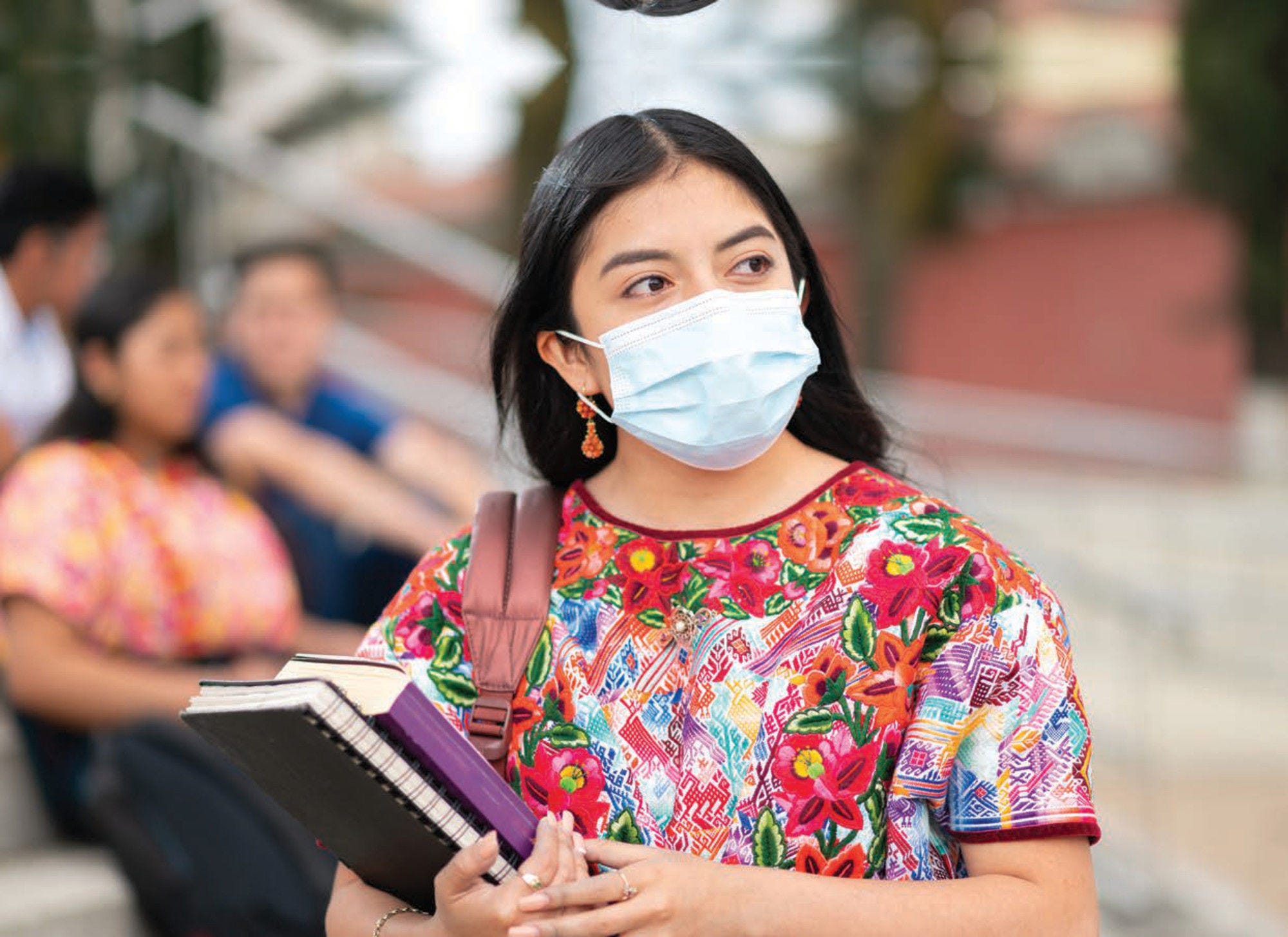OECD countries have seen remarkable gains in life expectancy at age 65 for both men and women in the last five decades. In 2021, people aged 65 years old were expected to live a further 19.9 years, a 5.7 years increase when compared to 1970 values (OECD, 2021[1]). Although the average increase in life expectancy at age 65 has also seen a considerable increase in the LAC region, this increase has notably been lower than in OECD countries, amounting to 1.5 years for men and 2.8 years for women (4.5 and 5 years in the OECD average, respectively), to a total of 13.7 and 16.8 years, respectively (see Figure 9.3). In addition, even though the vast majority of countries have experienced increases for this indicator, Saint Vincent and the Grenadines, Bolivia, Mexico and Jamaica saw a decrease in the life expectancy for population aged 65 when compared with 1970s values. Apart from Saint Vincent and the Grenadines, the COVID‑19 pandemic appears to be the main reason behind a recent downturn in life expectancy at age 65 for these four countries, as pre‑pandemic values were following a similar upward trend to what has been observed across the region. This recent decrease can indicate how some countries could have prepared more targeted policies to support older, higher-risk population during the pandemic (see Chapter 1).
While life expectancy in the LAC region has increased by 3.9 years since 2000 (see “Life expectancy” section in Chapter 3), that increase in the average number of years lived by the overall population does not necessarily reflects years lived in good health. Health-adjusted life expectancy (HALE) measures the average number of years a person aged 60 is expected to live in full health based on current rates of ill health and mortality. Methods for estimating HALE vary, but most measurements are based on the average per capita all-cause years lost due to disability (see the “Definition and comparability” box). In OECD countries, a 60‑year‑old woman is expected to live, on average, a further 19.2 years of a healthy life, while men are expected to live only close to 17 years. In the LAC region, averages for HALE at age 60 are close to 2 years below the OECD values for both women and men, at 17 and 15.1 years, respectively. Country estimates range from 12.7 and 11.4 for men in Haiti and Guyana, respectively, to over 19 years for women in countries such as Chile, Costa Rica and Panama (see Figure 9.4).
When comparing HALE years with life expectancy at age 65, there is a slightly smaller gap between men and women for years lived in good health. While the LAC average difference between men and women for the latter is 3.1 years, the former is closer to 1.9 years. In some LAC countries, such as Haiti, Bolivia and Peru, this gap is below half a year. In addition, studies have noted how there is a clear de‑coupling of life expectancy, and HALE increase in LAC in the last three decades, with considerably smaller increases for years lived in good health (Robledo, Cano-GutiéRrez and Garcia, 2022[2]). However, it is important to note that the effect of the COVID‑19 pandemic is not covered by the HALE estimates, as the latest data available by the time of publication refers to 2019.


